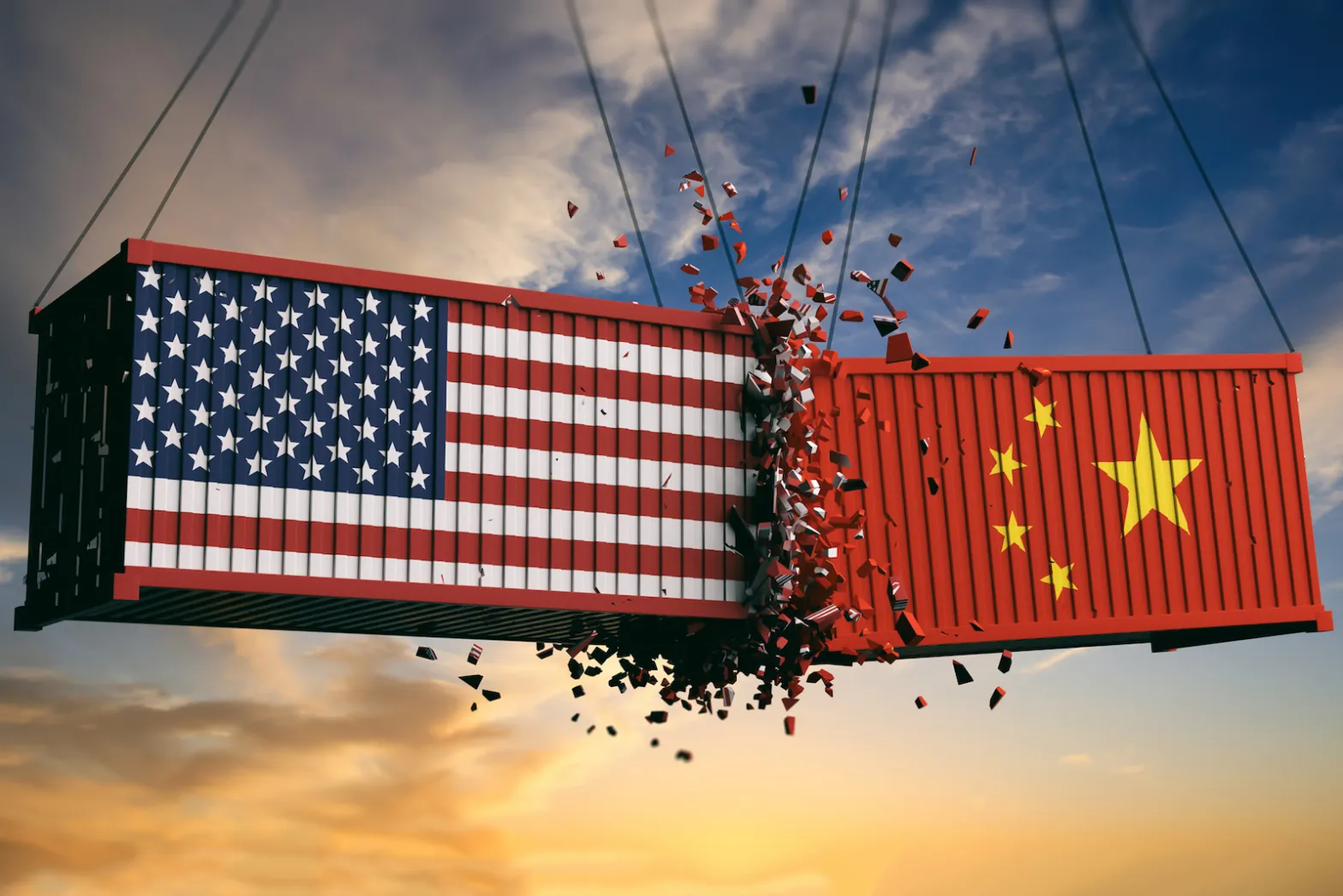In a world that’s more interconnected than ever before, the idea of a US-China Trade War sends ripples through every corner of the global economy. Whether you’re a startup founder, Fortune 500 executive, investor, or policy strategist, understanding the economic impact of the US-China Trade War is no longer optional—it’s critical.
This article goes beyond the headlines to unpack who really wins in a US-China Trade War, why the answer isn’t so simple, and what business leaders should do to adapt and thrive in this high-stakes environment.
The Economic Titans: U.S. vs. China at a Glance
Let’s start with the macro view:
| Metric | United States | China |
|---|---|---|
| GDP (2024 est.) | ~$28 trillion | ~$18 trillion |
| Trade Surplus/Deficit | Deficit (~$800B) | Surplus (~$800B) |
| Key Strengths | Innovation, services | Manufacturing, exports |
| Weaknesses | Supply chain exposure | Domestic consumption |
Both nations bring different strengths to the table. The U.S. thrives on services, innovation, and consumer demand. China, meanwhile, dominates manufacturing and exports, acting as the global production engine. When tariffs between the US and China rise or sanctions hit, the shockwaves ripple across entire industries.
Who Suffers More in a US-China Trade War?
Here’s the paradox: both countries lose in the short term, but China is more vulnerable in the long term.
- U.S. impact: Higher prices for consumers, supply chain disruptions, and lower margins for import-heavy businesses.
- China’s impact: Slower GDP growth, capital flight, loss of trust in global markets, and rising youth unemployment.
A 2019 Federal Reserve study estimated that the US-China Trade War shaved off 0.3–0.5% of U.S. GDP, while China’s economy slowed by over 1%. For China, an export-dependent economy, this is a serious drag.
Supply Chain Disruption: The Domino Effect
Supply chains are no longer national—they’re global. A tariff on Chinese electronics doesn’t just hurt Chinese manufacturers; it affects:
- U.S. tech companies sourcing components
- Asian suppliers upstream in Taiwan or South Korea
- Latin American miners extracting rare minerals
The COVID-19 pandemic already pushed companies to diversify global supply chains, and trade tensions only accelerate that shift. Giants like Apple, Tesla, and HP are now exploring India, Vietnam, and Mexico as manufacturing alternatives. This trend reflects a broader movement of strategic supply chain decoupling.
Winners Emerge From the Fallout
While governments grapple with macroeconomic consequences, businesses that adapt quickly can come out ahead. Here’s how:
1. Nearshoring and Friendshoring
U.S. companies are moving production closer to home or to politically aligned nations. This reduces geopolitical risk while maintaining cost efficiency. Countries like Mexico, Canada, and Eastern Europe are seeing growth in manufacturing investment.
2. Digital Trade as a Hedge
Services and software are less vulnerable to tariffs than physical goods. U.S. companies focused on SaaS, AI, cloud computing, and digital marketing are better positioned to weather economic storms.
3. Strategic Diversification
Forward-looking companies are minimizing overreliance on China for both production and consumption. They’re expanding into Southeast Asia, Africa, and Latin America—regions with fast-growing consumer markets and fewer political entanglements.
Tech and IP: The Real Battlefield
Beyond economics, the US-China Trade War is also a tech cold war. The U.S. has restricted Chinese tech giants like Huawei and TikTok, and imposed bans on exports of advanced semiconductors.
China has responded by ramping up domestic chip production and seeking to reduce its dependence on U.S. tech. Yet the U.S. still leads in:
- Advanced chip design (NVIDIA, Intel, AMD)
- AI infrastructure and foundation models
- Cloud services (AWS, Microsoft Azure, Google Cloud)
This is not just about commerce—it’s about technological supremacy.
What Smart Leaders Should Be Asking Now
The best executives aren’t simply reacting to headlines. They’re asking:
- Where is my greatest exposure to geopolitical risk?
- How resilient is my supply chain?
- Am I investing enough in digital infrastructure?
- Is my workforce prepared for a multipolar world?
Leaders who build answers to these questions into their economic strategy will shape the industries of tomorrow.
Global Ripple Effects of the US-China Trade War
The US-China Trade War doesn’t just affect the U.S. and China. It creates global trade dynamics that impact:
- Emerging markets, which must navigate neutrality
- European economies, caught in regulatory crossfire
- Multinational corporations, pressured to localize operations
As a result, economic alliances are shifting, and supply chain resilience has become a boardroom priority.
What the Data Tells Us (2018–2023)
From 2018 to 2023, during the peak of the US-China Trade War, we saw:
- U.S. imports from China dropped 16%
- China’s exports to the U.S. fell by $87 billion
- Global foreign direct investment declined
- Tariffs were often absorbed by U.S. companies, not passed on to China
This reveals a key insight: tariffs are a blunt tool, and often hurt domestic businesses as much as foreign rivals.
The Future: Full Decoupling or Strategic Realignment?
While full economic decoupling is unlikely (the costs are massive), selective decoupling is happening in areas like:
- Semiconductors
- AI and quantum computing
- Defense and surveillance tech
However, other sectors—such as climate innovation, healthcare, and education—may remain areas of cooperation or coopetition.
The smart money is on a hybrid world: partially decoupled but deeply interdependent.
Final Thoughts: Leading Through a US-China Trade War Era
The US-China Trade War isn’t just an economic contest—it’s a leadership challenge.
Now is the time for CEOs and founders to:
- Conduct supply chain audits
- Reassess geographic dependencies
- Prioritize innovation and digital transformation
- Build organizational resilience
The next decade won’t reward the biggest companies—it will reward the most agile, adaptable, and forward-thinking.
Suggested Further Reading on US-China trade war:
- U.S.-China Economic and Security Review Commission
- World Bank – Global Trade Watch
- Brookings: The U.S.-China Strategic Rivalry
- McKinsey: Risk, resilience, and rebalancing in global value chains
Scale growth with AI! Get my bestselling book, Lean AI, today!





